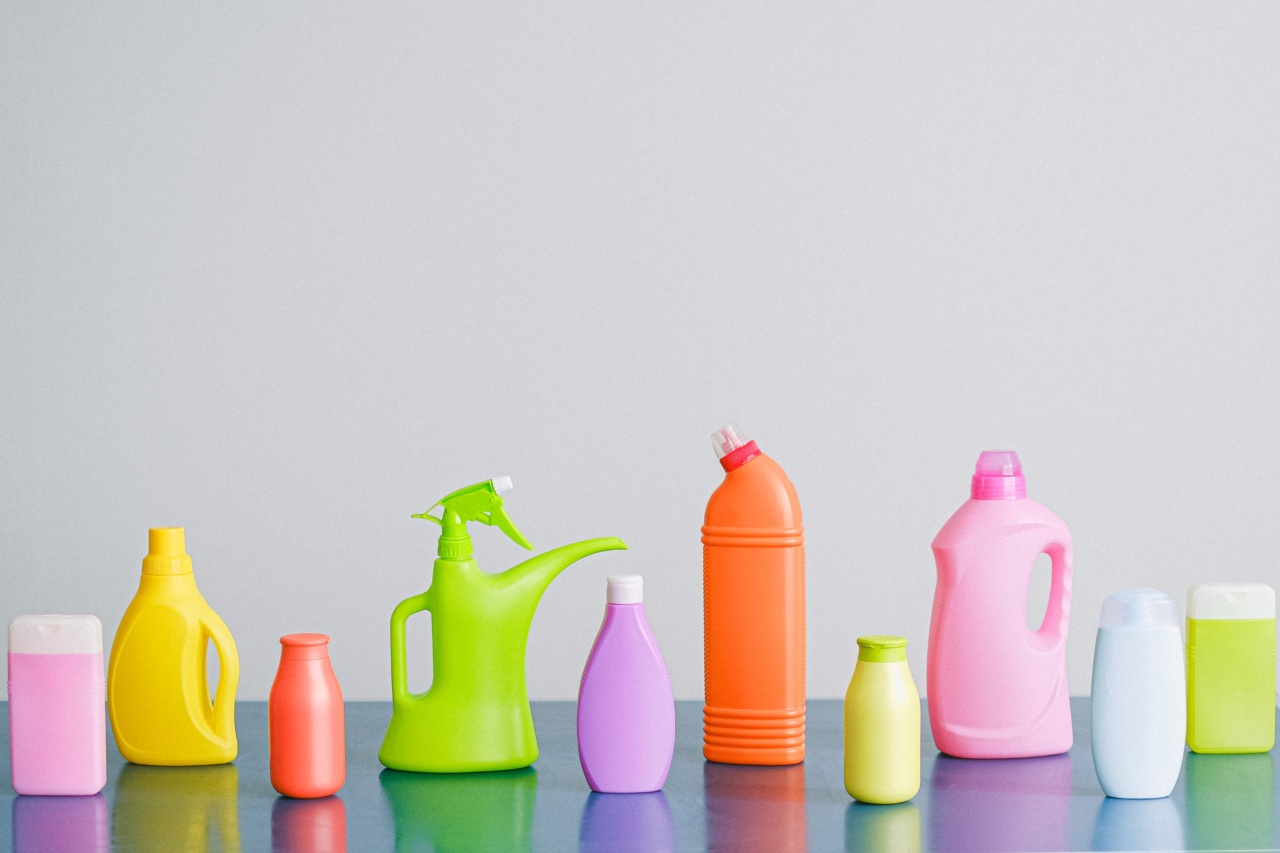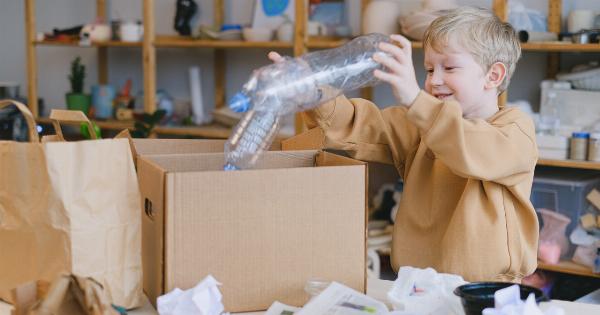Our homes are meant to be safe havens where we can relax and feel at ease. However, there are hidden dangers lurking in common household chemicals that we need to be aware of.
Many everyday products contain harmful chemicals that can affect our health and the environment. Here are some of the most common culprits:.
1. Cleaning Products
Cleaning products contain a range of chemicals including ammonia, bleach, and hydrochloric acid, which can irritate your skin, eyes, and respiratory system. These chemicals can also leach into the environment and cause harm to aquatic life.
Some cleaning products also contain “fragrances” that are made up of synthetic chemicals, which can cause allergic reactions and are harmful to the environment.
2. Pesticides
Pesticides are used to control pests in and around the home, but they can be harmful to humans and pets. Studies have linked exposure to pesticides with various health problems including cancer, neurological issues, and reproductive harm.
Pesticides can also harm the environment by polluting waterways and killing wildlife.
3. Personal Care Products
Personal care products such as shampoo, conditioner, lotion, and sunscreen contain a range of harmful chemicals including parabens, phthalates, and triclosan.
These chemicals can disrupt the endocrine system and have been linked to various health problems including cancer, reproductive harm, and developmental issues. They can also enter the environment and harm wildlife.
4. Air Fresheners
Air fresheners are used to mask unpleasant odors, but many contain synthetic fragrances that can trigger allergic reactions and cause harm to the environment.
They also often contain chemicals such as phthalates, which can disrupt hormonal systems and have been linked to reproductive harm.
5. PFCs
Perfluorinated chemicals (PFCs) are used in some non-stick cookware, stain-resistant fabrics, and fire-fighting foam. They have been linked to various health problems including cancer, thyroid disease, and immune system dysfunction.
They are also persistent in the environment and can accumulate in the food chain.
6. Formaldehyde
Formaldehyde is found in many household items such as pressed-wood products, adhesives, and nail polish. It is a known carcinogen and can cause respiratory irritation, headaches, and dizziness.
It can also harm the environment by contributing to air pollution.
7. Lead
Lead is commonly found in older homes, but it can also be found in some toys, jewelry, and imported ceramics. Exposure to lead can cause developmental issues, behavioral problems, and learning disabilities.
Lead can also harm the environment by contaminating soil and water.
8. Phthalates
Phthalates are used in a wide variety of products including plastic toys, vinyl flooring, and shower curtains. They can disrupt the endocrine system and have been linked to reproductive harm in both males and females.
They can also harm the environment by leaching into waterways and harming aquatic life.
9. VOCs
Volatile organic compounds (VOCs) are found in many household products including paints, adhesives, and air fresheners. They can cause respiratory irritation, headaches, and dizziness.
Some VOCs, such as benzene and formaldehyde, are also known carcinogens. They can also contribute to air pollution and harm the environment.
10. Mercury
Mercury is found in some thermometers, fluorescent light bulbs, and batteries. Exposure to mercury can cause neurological issues, developmental issues, and may harm the environment.
It can also build up in fish and other seafood, making them unsafe to eat.
Many of these harmful chemicals can be avoided by choosing natural products or by reducing the use of products that contain them.
It’s important to read labels and do research to ensure that the products we use are safe for our health and the environment.































